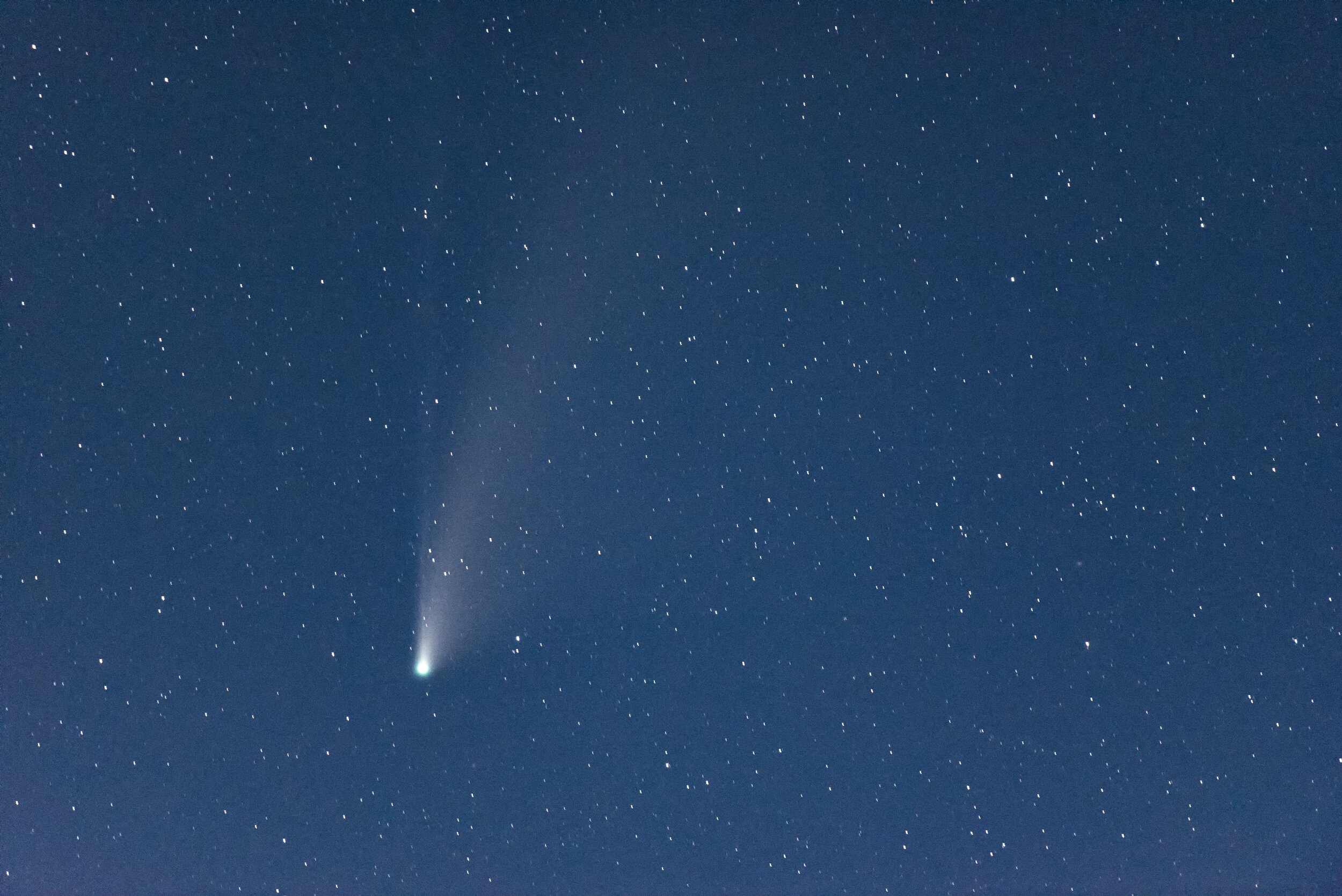
A Story of the Planet Venus
Looking For The Planet Venus Prior to 1200 BC
by John M. Collins Sarnia, Ont., Canada 2021
Reading the Ice Record
Among the sources used in this book, is the data on the ice cores extracted from the Green-land glaciers by the U.S. National Oceanic and Atmospheric Administration (NOAA)(1). Originally conducted as research on global warming, it documents changes in the cooling and warming of the Earth in the period of interest to this author - 25,000 BCE to 500 BCE.
As background, ice core samples back to 50,000 calendar years Before Present (BP) (1950) were extracted from the high point of the major Greenland ice cap. Dating was done by counting the annual varves in the ice. The temperature was derived using isotope analysis of the deuterium excess plus the stable water isotopes as a proxy of Greenland precipitation moisture. The isotopes were trapped in the ice surface at the yearly times of freezing. The temperature interpretation and the ice accumulation data in years and millimetres, were published in the referenced document.
Samples analyzed were multiyear blends varying from six years in the recent 1700 CE time frame to 21 years around 13,000 BP, in order to have sufficient material for the individual analyses. The results published represent an average value for that average sample period date. The data identified 13,014 BP (11,064 BCE) as the last sample in a slow rising of ice-freezing temperatures immediately before the catastrophe occurred. The next sample was dated 12,993 BP (11,043 BCE). It showed the beginning of a steep drop in ice-freezing temperatures. It included Comet particles and moisture from the event. Using the average of these two temperature dates, we derived a date for the event: 13,003 calendar BP (11,053 BCE) +/- 11 years.
The author recognised that there were two possible temperature-raising mechanisms present at the ice surface: Heat rising from the Earth’s core to the surface; Heat from the Sun striking the surface. The heat flow from Earth’s interior is only about a ten-thousandth of what comes from the Sun.(2) The effect of the heat flow from the Sun striking the surface, depends on the proximity of the Earth to the Sun, the angle at which light strikes the sampling spot and on the degree of masking of the in-coming solar radiation by water clouds, dust and aerosols.
Mentions of this Comet in ancient myths and depictions consider it as a very large, irregular cloud much greater than planet size. When it engaged the Earth, it is expected that part of the cloud was attracted to and wrapped around our planet. When the Comet separated from the Earth, some of the Comet tail would remain behind. The masking materials in this cloud would have continued to restrict, by varying degrees, the heat from the Sun impinging on the Earth’s surface. Eventually the cloud settled to the surface or was lost to space. The masking materials have been measured in the ice core samples and also identified in the thin "black mat" material found undisturbed under about 50cm of soil in many parts of the world.(3)
(1) Alley, R.B.. 2004. “GISP2 Ice Core Temperature and Accumulation Data.” IGBP PAGES/World Data Center for Paleoclimatology Data Contribution Series #2004-013. NOAA/NGDC Paleoclimatology Program, Boulder CO, USA.
(2) Encyclopedia Brittanica - Earth details
(3) Mario Pino et al, "Sedimentary record from Patagonia, southern Chile supports cosmic-impact triggering of biomass burning, climate change, and megafaunal extinctions at 12.8 kYA" Scientific Reports (2019). DOI: 10.1038/s41598-018-38089-y : https://phys.org/news/2019-03-geologic-evidence-theory-major-cosmic.html#jCp